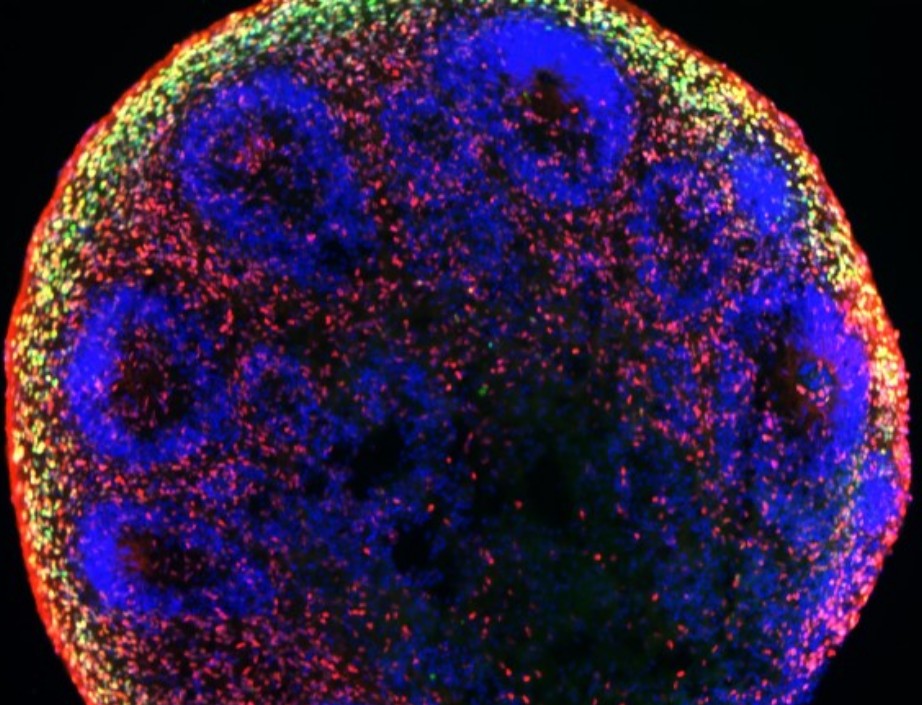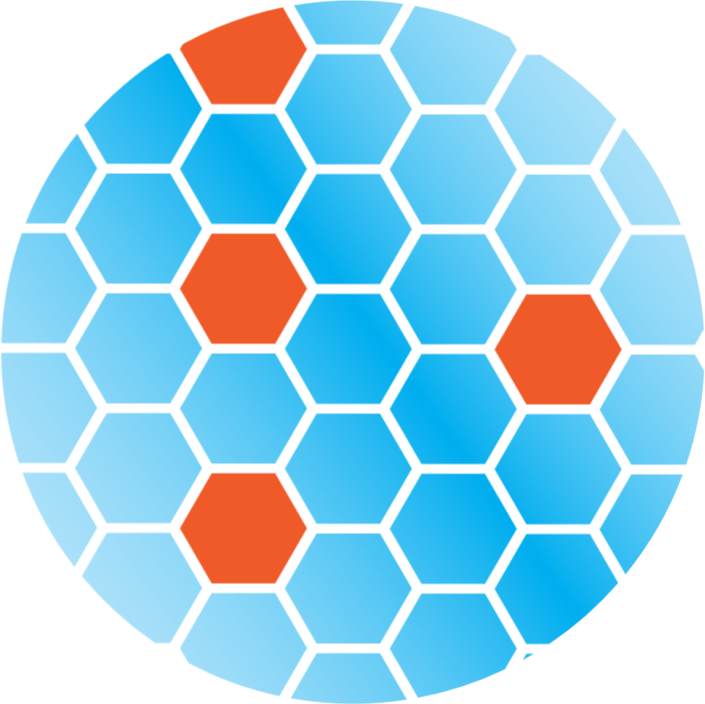Brain Organoids

| Types | 1) iPSC derived forebrain organoids 2) iPSC derived midbrain organoids |
| Media | Organoid media is available for purchase |
| Delivery | Order a few to pilot or order a full batch of organoids Live organoids are shipped within the U.S. |
Overview
Human 3D organoids are fast becoming the leading technology in disease modelling for research, drug development, and drug screening purposes. At NeuraCell, we have developed methods to produce human iPSC-derived organoids efficiently and at scale.
Our production begins with high quality iPSCs which we develop into organoids using directed differentiation with small molecules and growth factors. We use rigorous QC assays to ensure correct brain region-specific patterning. We have experience making over 20,000 organoids, and we can ship organoids anywhere in the US as live organoids, as lysates, or as RNA.
Using a collection of iPSC lines from the Tau Consortium collection (Karch et. al. 2019) with MAPT mutations (R406W, V337M, IVS10+16, and S305I). We have successfully generated forebrain organoids (Table 1) and demonstrated that they exhibit the expected developmental profile.
Forebrain Organoids
Product or Service Inquiry
Have a question or interested in purchasing? We are happy to help!
| Single cell transcriptomic and studies demonstrate the expected pattern time course of development: |
| 20 days – largely progenitor cells in rosettes expressing SOX2, PAX6, FOXG1 and EMX2 |
| 2 months – progenitor cells plus deep layer cortical neurons |
| 4 months – fewer progenitor cells, deep layer and upper layer cortical neurons, astrocytes |
| 6 months – few progenitor cells, more mature neurons and glia. |
Table 1. Tau Consortium iPSC lines already validated for organoid production
| Mutation | Genotype | Cell Line |
|---|---|---|
| S305I | WT (Unedited Control line) | F13505.1-S2A3 |
| S305I | S305I Het (Introduced Heterozygote) | F13505.1-I1B10 |
| IVS10+16 | WT/WT (Corrected Control) | GIH-36-C2d1E04 |
| IVS10+16 | WT/IVS10+16 | GIH-36-C2 |
| IVS10+16 | WT/WT (Corrected Control) | GIH-178-C1d2A10 |
| IVS10+16 | WT/IVS10+16 (IVS10+16C>T) | GIH-178-C1 |
| R406W | WT/WT (Corrected Control) | F11362.1d1C11 |
| R406W | R406W/WT | F11362.1d1F10 |
| V337M | WT/WT (Corrected Control) | GIH-6-C1d1E11 |
| V337M | V337M/WT | GIH-6-C1d1A02 |
| V337M | WT/WT (Corrected Control) | GIH-7-C2d2B12 |
| V337M | V337M/WT | GIH-7-C2d2A01 |
(see Karch et al, 2019; PMID: 31631020). Note: we can produce organoids from other iPSCs lines not on this list after optimizing (for an additional charge.
